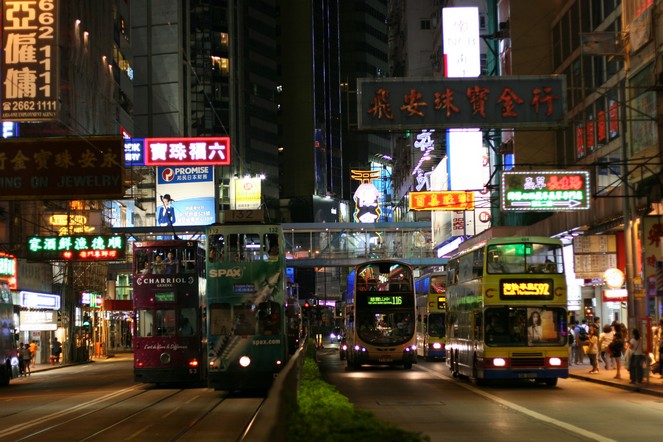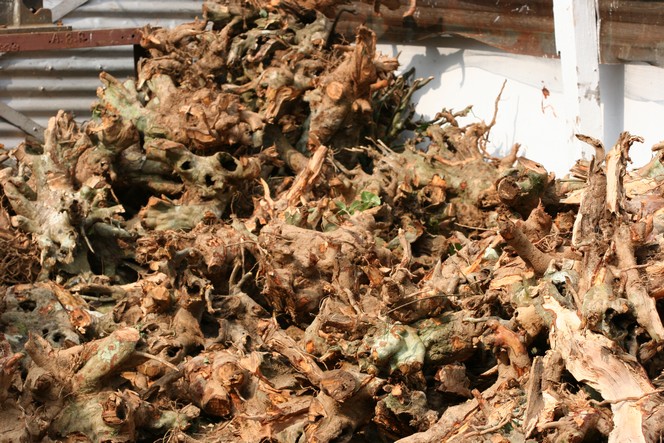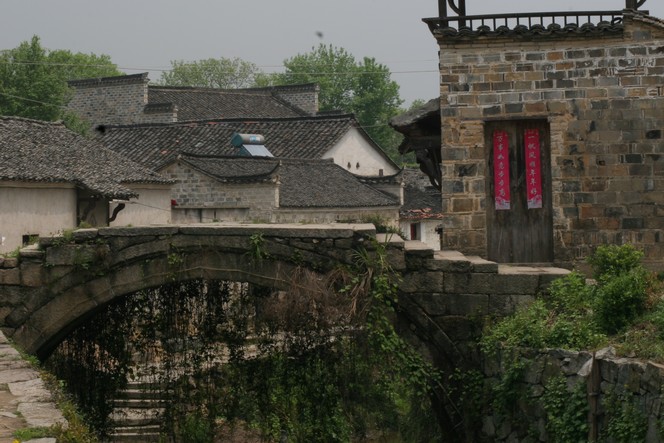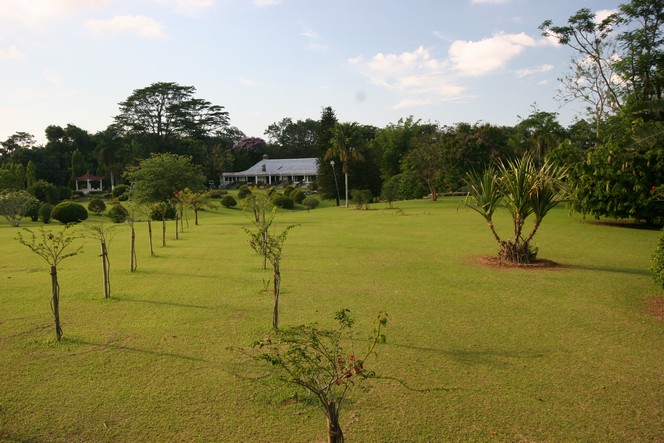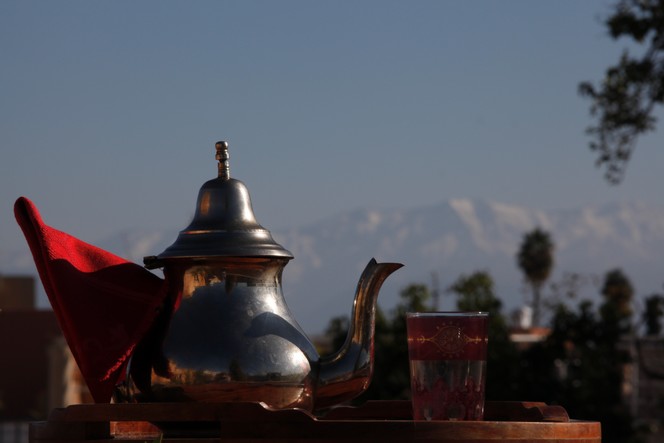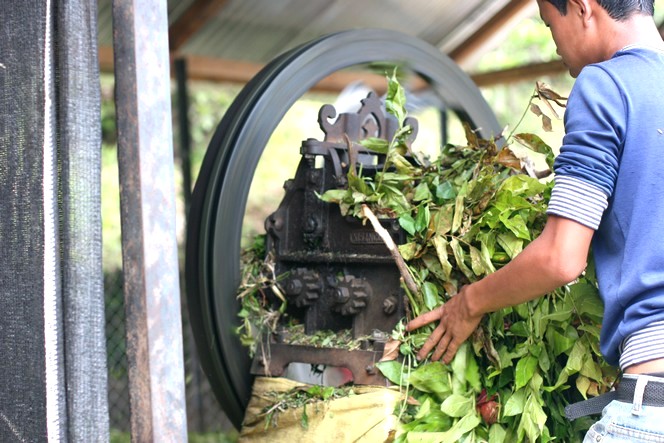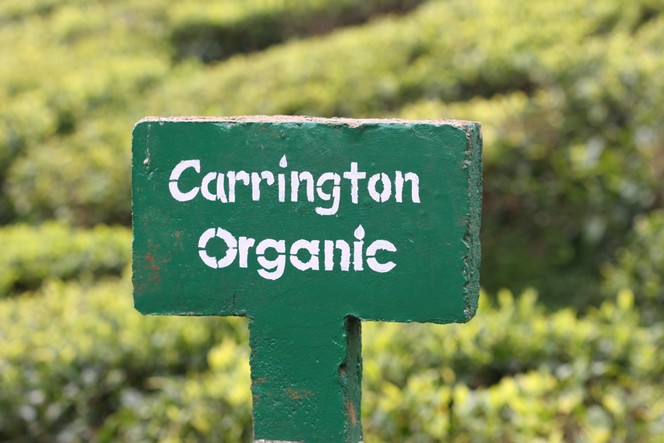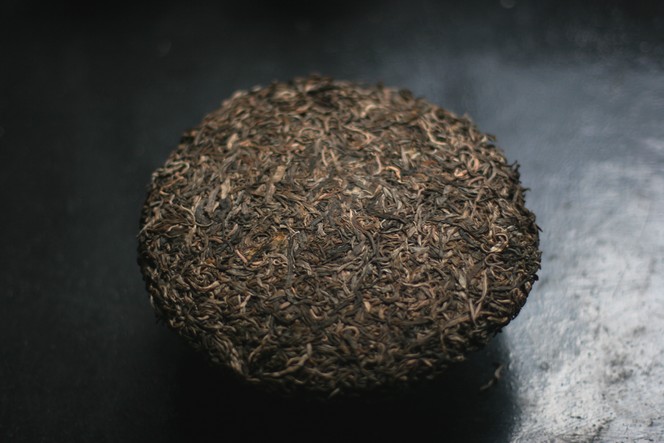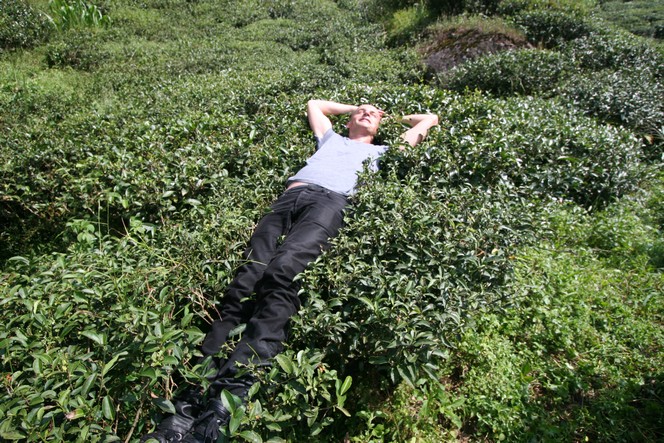Walking through the streets of Hong Kong is an olfactory journey. In this city where street food is sold on every corner, the many stalls – there’s one every ten metres or so – give off copious, diverse and unusual smells: duck skin crackling over the heat, sizzling lumps of fat, garlicky vegetables frying in the wok, caramelised pork. There are fried noodles, fritters and dim sum of all kinds.
With all the greasy smoke, the stalls overflowing with delicious food, it’s a real wake-up for the senses. Whatever the time of day or night, it makes you want to dig into a big bowl of steaming noodles.
Nowhere as much as here, in Hong Kong, in this city that never stops and that dazzles with a thousand neon lights, have I ever had such a strong sense that man was put on this earth to eat.
Luckily, there are also tea houses where you can take a seat and follow the owner’s advice, and taste with him a few leaves of Pu Er, delicately broken off an old tea cake. Then you can take time to savour your tea, and think about this island and its hyperactive inhabitants who consume with such frenzy.

